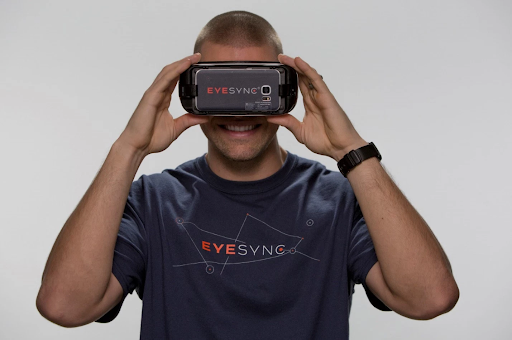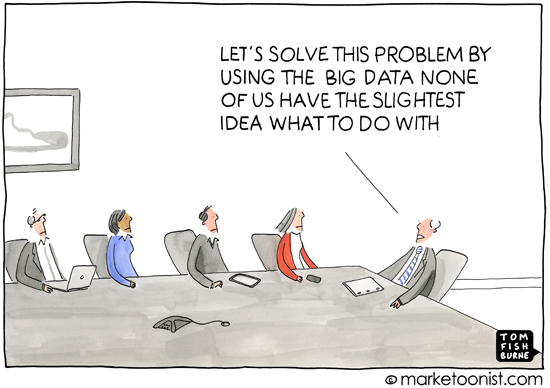Who are today’s students? What does the future of learning look like? And how can we overcome barriers to progress?
At LearnLaunch2020, Boston’s premiere education technology conference, industry experts gathered to explore how emerging technologies can best serve a changing learner, a challenging (and challenged) education environment, and an evolving workplace.
Who are today’s students?
Demographic and economic forces have led to an increasingly diverse learner population in higher education. “It’s not the college you see in the movies anymore,” remarked one conference participant.

Post-secondary institutions have more adult learners, and they are demanding programs that help them build the skills and acquire the credentials they need to sustain careers. As Google and Apple no longer require a college degree, informal learning and B2C education are on the rise. Providers like Jobs for the Future (JFF) and Penn Foster, and institutions like Western Governer’s University (WGU) offer attractive alternatives to the traditional college path.
In K-12, the focus is on personalizing learning and “helping students understand their future possible selves,” as one district administrator put it. In order to keep kids in school and prepare them for careers, credit must be given for career, technical, and vocational skills training. “The state policy piece is key,” says Jamie Candee, CEO of Edmentum, a curriculum provider that serves over 1 million students in dropout recovery programs. States with progressive graduation standards recognize that giving credit for career and technical education allows a broader swath of students to graduate.
What does the future of learning look like?
Student expectations of how they intend to learn are changing. “Why can’t their digital interactions in education be as seamless as their consumer experiences with brands like Amazon and Spotify,” asked one panelist. Learning solutions in the new decade, according to WGU’s President Scott Pulsipher, should be:
- Anytime, anywhere
- Mobile
- On-demand
- Open access
Certainly the ability to access learning on-the-go with a well-designed product experience is key. But educational institutions are more interested in efficacy: what’s going to move the needle for students? Effective solutions must motivate and engage learners, help them monitor their own learning, and most importantly, achieve results. Providers are leveraging emerging technologies to address these challenges:
1. Artificial Intelligence (AI)

As machine learning (ML) technology becomes more mature, adaptive learning and assessment solutions have the potential for greater impact. And other applications are promising as well. “Visual recognition,” for example, “can be used for looking at whether students are paying attention or in the right flow state,” says Peter Foltz, Vice President of AI Products and Solutions at Pearson.
2. Data and Dashboards

Data continues to play a central role across the education ecosystem—to shape and steer instruction, to identify at-risk learners, to help administrators recruit, enroll and monitor students—to name a few use cases. The availability of systems to collect data and bring it back into dashboards allows students, educators and administrators to act on meaningful and timely information.
3. Mixed Reality

Immersive technologies such as virtual and augmented reality (VR and AR) are being used to enhance learning and engagement. Solutions providers are finding new ways of reaching different learner types and motivating students through experiential learning using these emerging technologies.
How Can we overcome the barriers to progress?
One of the key challenges in education technology is interoperability. In a K12 district, there can be 150 technology applications, and how can you have a consistent view of a student if the systems don’t talk to each other?
 One promising initiative is Project Unicorn, an alliance dedicated to furthering interoperability within the K-12 education space.
One promising initiative is Project Unicorn, an alliance dedicated to furthering interoperability within the K-12 education space.
Another key challenge is how to manage and apply all the data that is collected to impact student outcomes, make teachers lives easier, and help adminstrators.

Providers like Macmillan Learning and Houghton Mifflin Harcourt have upped their game in using data to improve student outcomes. In higher ed, institutions like Cal State East Bay are leveraging data to identify at-risk students so they can provide the right support at the right time. And to increase enrollments, organizations use interaction data between the institution and prospective students to target messaging and outreach.
The challenges in education technology won’t be solved overnight, but the innovative ideas at the LearnLaunch Conference give reasons to be optimistic.
Did you miss Cantina’s LearnLaunch Workshop “Building Products Your Learners Will Love”? Download the presentation here. Have a project? Please get in touch. We’d love to help you solve the challenges of mobile product development, data management and incorporating emerging technologies into your education solution.




